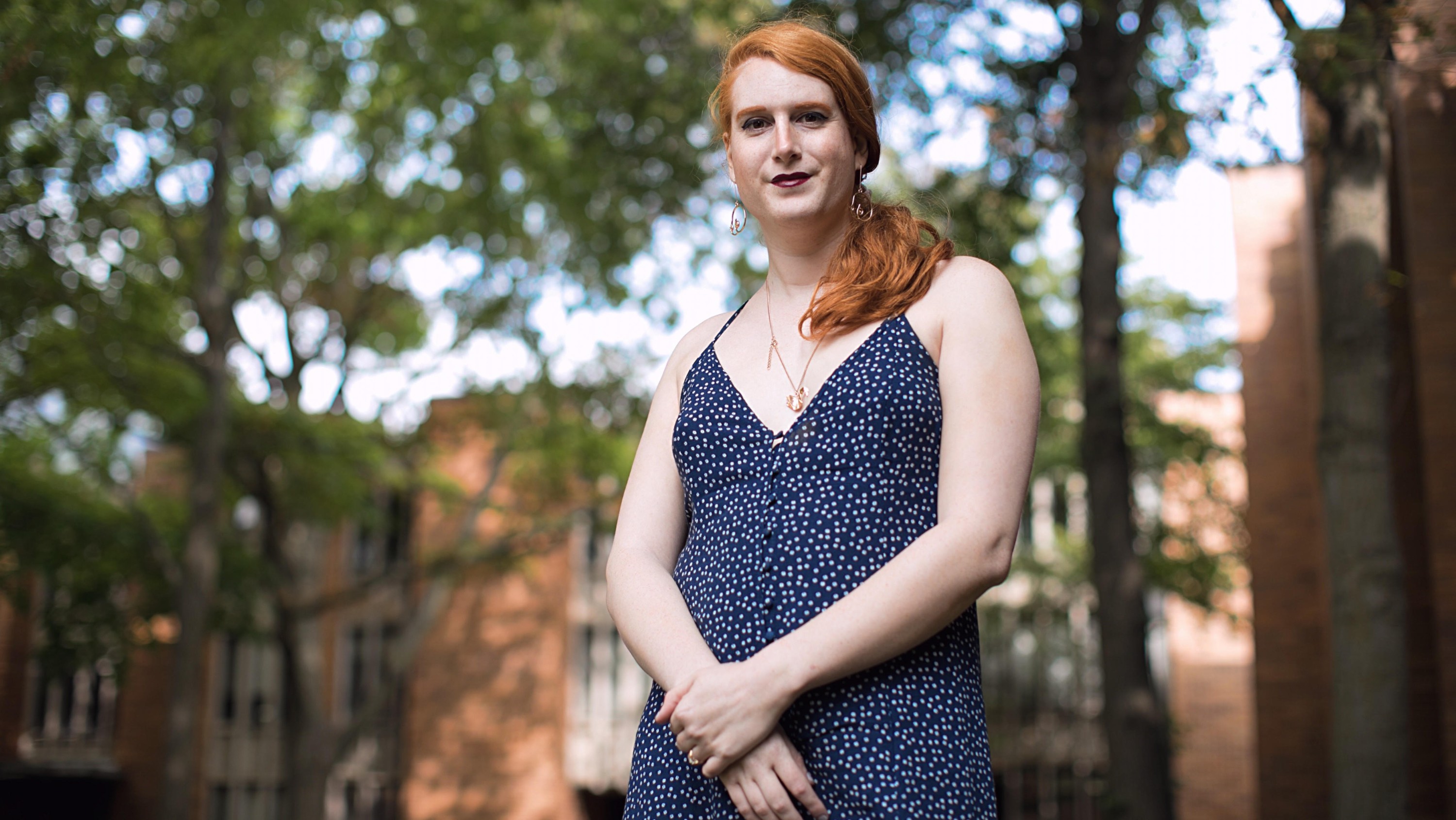When contemplating gender, Florence Ashley conjures up two hypothetical examples that defy conventional definitions.
The first is Alex, raised by parents who refuse to assign gender until the child is old enough to decide on their own. Alex uses they/them pronouns and eventually rejects any fixed gender in favour of an “agender” identity.
Then there is Luna, born with female genitals and identifying as trans, living openly as a boy throughout his childhood and adolescence. As an adult she de-transitioned, and now feels a greater affinity for trans women than cisgender women whose identity corresponds to the gender they were assigned at birth.
Neither of these examples is adequately reflected in our common language, says Ashley, a transgender professor in the Faculty of Law and member of the John Dossetor Health Ethics Centre.
“More and more individuals find themselves unmoored from simple binaries such as male/female and cis/trans,” Ashley says. They point out that in the United States, almost 10 per cent of high school students don’t wholly identify with the gender they were assigned at birth, while about two per cent answer yes when asked whether they are transgender.
To fill the linguistic gap, Ashley coined a new phrase in 2019 to capture the fluid, non-binary spectrum of the relationship between gender identity and gender assigned at birth — “gender modality.” It caught on in a number of quarters, including within transgender communities and among clinicians and policy-makers to describe “the realities of trans communities and the heterogeneity of trans experiences.”
Now Ashley and two co-authors have published a short essay in Nature, the world’s leading interdisciplinary journal to outline the concept of gender modality in hopes it will circulate more widely.
The best-known gender modalities are cisgender and transgender, but the new term also allows for variations such as agender, detrans or retrans, and includes people who have “ceased, shifted or reversed their gender transition,” write the essay’s authors. It also accommodates intersex people and those questioning their gender or with dissociative identity disorder.
“Gender modality serves a similar purpose to sexual orientation, which describes a facet of human existence and makes space for orientations beyond gay and straight,” says Ashley.
The phrase also captures the identities of those who are indifferent to notions of gender identity and would prefer not to figure out how it relates to them at all.
“A broader recurring theme in my work is the right not to figure things out,” says Ashley.
“There are times where you feel like, ‘What if we just didn’t? What if nobody cared about this? Why does the government need to know my gender? Why does this form need to know my gender?
“It’s a reality for more people than I think is often assumed.”
Accurately acknowledging the nuances of gender modality is no mere question of semantics, says Ashley. The distinctions have a crucial place in the role played by science in understanding the human condition, “whether in the medical, biological or social sciences.”
Ashley points out that gender identity directly shapes the way people experience marginalization and their bodies, “be it by influencing their smoking habits, whether they exercise, what they eat, or whether they pursue hormone therapy or transition-related surgeries.
“Inviting researchers to adopt the concept of gender modality will hopefully foster research that better reflects the intricacies and nuances of our increasingly gender-expansive world.”
